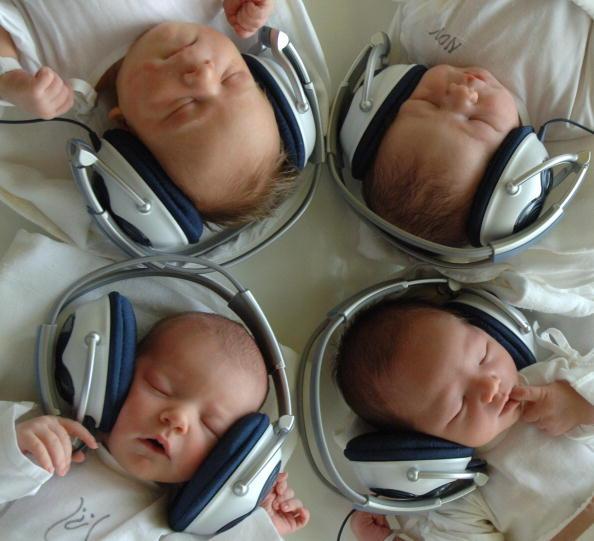A new type of bandage does far more than stanch the bleeding from a paper cut or scraped knee.
The “smart bandage” uses electrical currents to detect early tissue damage from pressure ulcers or bedsores before they can be seen by human eyes—and while recovery is still possible.
“We set out to create a type of bandage that could detect bedsores as they are forming, before the damage reaches the surface of the skin,” says Michel Maharbiz, associate professor of electrical engineering and computer sciences at University of California, Berkeley.

UC Berkely




